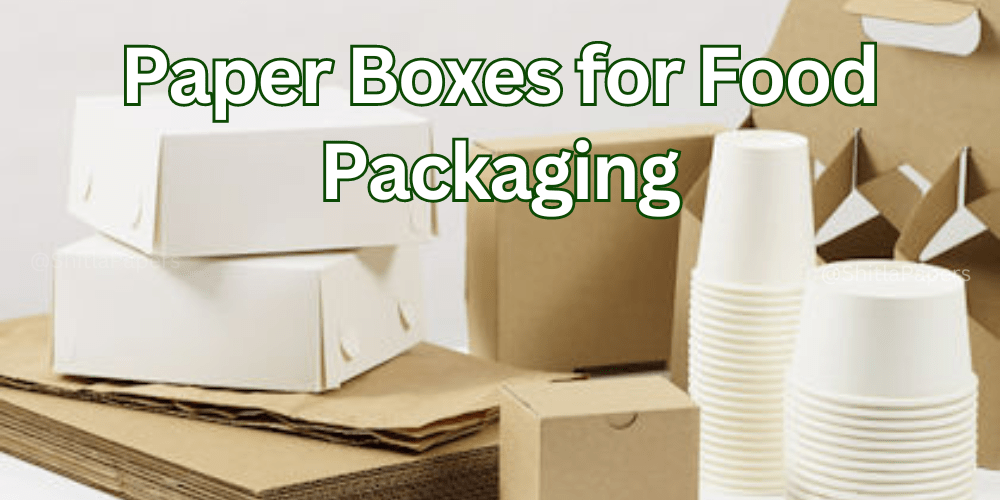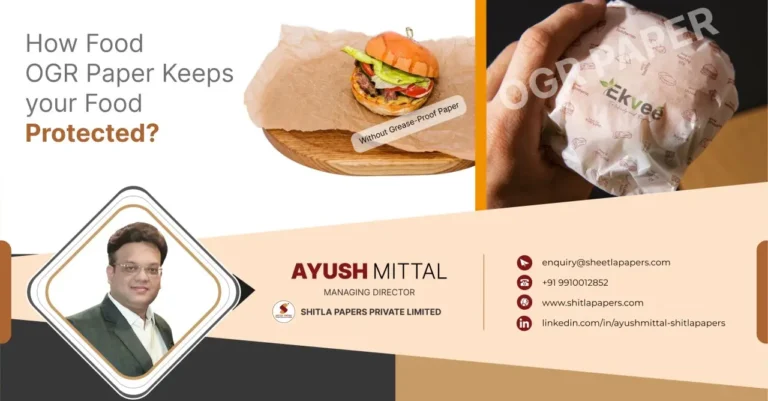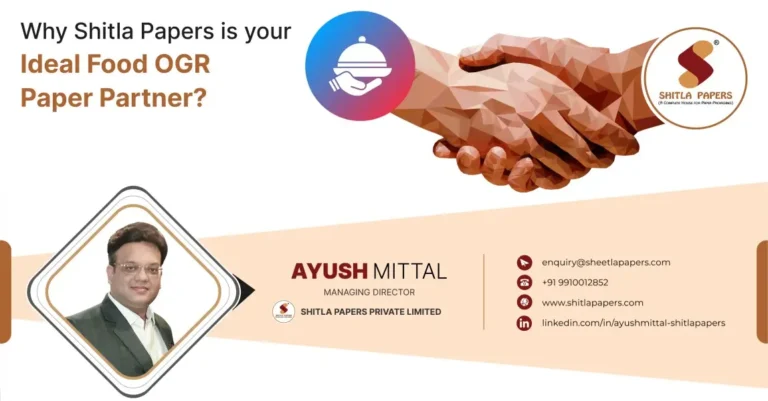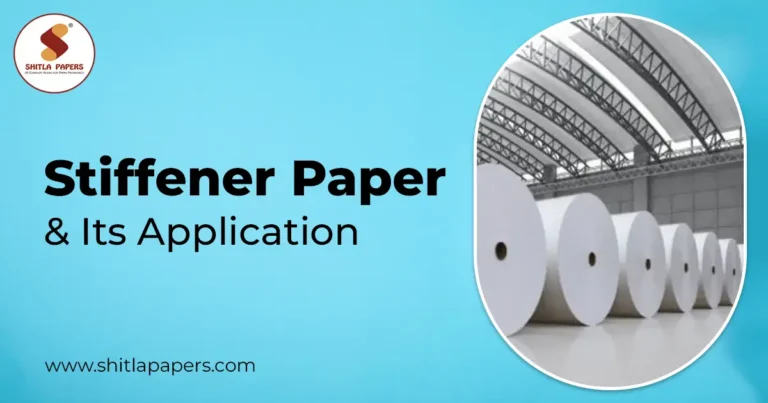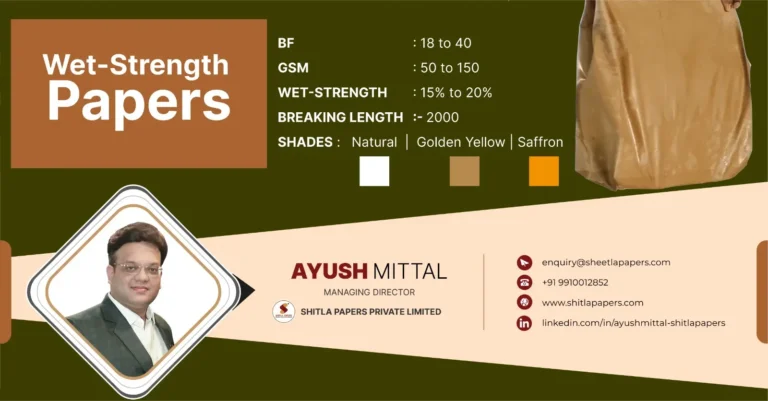Choosing Sustainable Materials: Paper Boxes for Food Packaging
In today’s world, where environmental concerns are becoming increasingly critical, businesses are taking significant strides towards sustainability. One area that has garnered attention is food packaging. As the demand for eco-friendly and sustainable packaging rises, paper boxes for food packaging have emerged as a viable and environmentally responsible option. In this article, we will delve into the benefits and advantages of using paper boxes for food packaging, exploring their eco-friendliness, versatility, and overall impact on the environment.
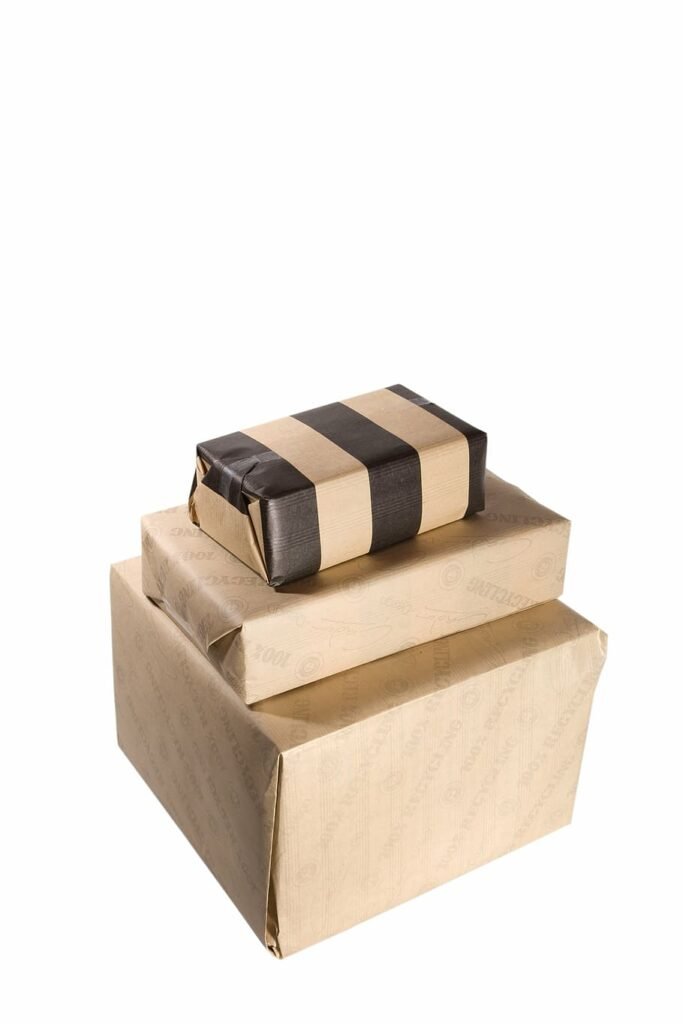
Table of Contents
- Introduction
- The Rise of Sustainability in Food Packaging
- Understanding Paper Boxes for Food Packaging
- 3.1 What are Paper Boxes for Food Packaging?
- 3.2 Types of Paper Used for Food Packaging
- Advantages of Paper Boxes for Food Packaging
- 4.1 Biodegradability and Recyclability
- 4.2 Reduced Carbon Footprint
- 4.3 Versatility in Design and Printing
- 4.4 Cost-Effectiveness
- 4.5 Consumer Perception and Brand Image
- The Role of Paper Boxes for Food Packaging in Reducing Plastic Waste
- Challenges and Limitations of Paper Boxes for Food Packaging
- 6.1 Moisture and Grease Resistance
- 6.2 Structural Integrity and Durability
- Innovative Solutions and Technologies for Paper Boxes for Food Packaging
- 7.1 Barrier Coatings
- 7.2 Composite Materials
- Integrating Sustainability into Business Practices with Paper Boxes for Food Packaging
- 8.1 Collaboration with Suppliers
- 8.2 Consumer Education and Awareness
- Regulatory Environment and Certifications for Paper Boxes for Food Packaging
- 9.1 Forest Stewardship Council (FSC) Certification
- 9.2 Sustainable Forestry Initiative (SFI) Certification
- 9.3 Other Certifications to Look Out For
- Case Studies: Successful Implementation of Paper Boxes for Food Packaging
- 10.1 Food Chains and Restaurants
- 10.2 Independent Food Vendors and Startups
- Overcoming Resistance to Change for Paper Boxes for Food Packaging
- 11.1 Economic Concerns
- 11.2 Operational Adjustments
- Future Outlook for Paper Boxes for Food Packaging
- Conclusion
Introduction
In recent years, consumers have become increasingly conscious of the environmental impact of their choices, and this consciousness extends to the products they purchase, including food packaging. With a growing demand for sustainable solutions, businesses are actively seeking alternatives to traditional plastic packaging. One such solution that has gained traction is paper boxes for food packaging.
The Rise of Sustainability in Food Packaging
The escalating concern over environmental issues, such as plastic pollution and climate change, has pushed sustainability to the forefront of the packaging industry. The food industry, being a significant contributor to packaging waste, has witnessed a shift towards more eco-friendly practices. Paper boxes for food packaging, being biodegradable and renewable, have become a preferred choice for eco-conscious businesses.
Understanding Paper Boxes for Food Packaging
3.1 What are Paper Boxes for Food Packaging?
Paper boxes for food packaging, as the name suggests, are packaging containers made from various types of paper. They are lightweight, versatile, and offer an eco-friendly alternative to plastic and other non-biodegradable materials. These boxes can be used for a wide range of food items, from dry goods to takeaway meals.
3.2 Types of Paper Used for Food Packaging
Several types of paper can be used for food packaging, each with its unique characteristics. Some commonly used papers include recycled paper, kraft paper, and corrugated cardboard. Recycled paper is an excellent choice for businesses committed to reducing their environmental impact, while kraft paper provides sturdiness and a natural appearance.
Advantages of Paper Boxes for Food Packaging
Using paper boxes for food packaging offers numerous benefits that align with sustainable practices and environmental preservation.
4.1 Biodegradability and Recyclability
One of the most significant advantages of paper boxes for food packaging is their biodegradability. Unlike plastic, paper decomposes naturally over time, significantly reducing the burden on landfills and marine ecosystems. Moreover, paper is recyclable, ensuring that it can be reused to create new packaging or other paper products.
4.2 Reduced Carbon Footprint
The production of paper boxes for food packaging generally has a lower carbon footprint compared to plastic packaging. Additionally, advancements in sustainable forestry and responsible sourcing contribute to the overall reduction of greenhouse gas emissions.
4.3 Versatility in Design and Printing
Paper boxes for food packaging offer excellent opportunities for branding and customization. Businesses can easily print their logos, designs, and information on the boxes, enhancing their brand visibility and identity.
4.4 Cost-Effectiveness
Paper boxes for food packaging are cost-effective, especially when produced in bulk. As more businesses adopt sustainable practices, the demand for paper packaging has increased, leading to competitive pricing in the market.
4.5 Consumer Perception and Brand Image
Using eco-friendly packaging, such as paper boxes for food packaging, demonstrates a company’s commitment to sustainability, which resonates positively with environmentally conscious consumers. This can improve brand reputation and foster customer loyalty.
5. The Role of Paper Boxes for Food Packaging in Reducing Plastic Waste
Plastic waste has become a major environmental concern worldwide. Traditional plastic food packaging is a significant contributor to this problem, often ending up in oceans and landfills, where it takes centuries to decompose fully. By opting for paper boxes for food packaging, businesses can play a crucial role in reducing plastic waste and its harmful consequences on the environment.
The switch to paper boxes for food packaging not only mitigates the plastic waste issue but also helps raise awareness among consumers. When customers see businesses embracing sustainable alternatives, they are more likely to become environmentally conscious and make more informed choices.
6. Challenges and Limitations of Paper Boxes for Food Packaging
While paper boxes for food packaging offer many advantages, they do come with some challenges and limitations that businesses need to address.
6.1 Moisture and Grease Resistance
One of the primary challenges of using paper boxes for food packaging is their susceptibility to moisture and grease. Unlike plastic, paper is porous and can become weak or soggy when in contact with liquids or oily substances. To overcome this limitation, businesses can employ barrier coatings or combine paper with other materials to enhance its resistance to moisture and grease.
6.2 Structural Integrity and Durability
Another concern with paper boxes for food packaging is their structural integrity and durability, especially for heavier or bulkier food items. Businesses must ensure that the chosen paper thickness and box design can adequately support the contents without compromising functionality.
7. Innovative Solutions and Technologies for Paper Boxes for Food Packaging
The packaging industry is constantly evolving, and advancements in technology are providing innovative solutions to address the challenges of using paper boxes for food packaging.
7.1 Barrier Coatings
Barrier coatings are substances applied to the surface of paper boxes for food packaging to enhance their resistance to moisture, oil, and other liquids. These coatings can be made from renewable and biodegradable materials, further contributing to the overall sustainability of the packaging.
7.2 Composite Materials
Combining paper with other eco-friendly materials, such as bioplastics or compostable films, can create composite materials that retain the benefits of paper while improving moisture resistance and durability.
8. Integrating Sustainability into Business Practices with Paper Boxes for Food Packaging
Adopting paper boxes for food packaging is just one aspect of promoting sustainability. Businesses must take a holistic approach to incorporate sustainable practices throughout their operations.
8.1 Collaboration with Suppliers
Working closely with suppliers to source responsibly harvested paper and other sustainable materials is essential. Building strong partnerships can ensure a consistent supply of eco-friendly packaging materials, including paper boxes for food packaging.
8.2 Consumer Education and Awareness
Educating consumers about the benefits of paper boxes for food packaging and the importance of choosing sustainable packaging can drive demand for eco-friendly alternatives. Transparent communication with customers about sustainability initiatives builds trust and loyalty.
9. Regulatory Environment and Certifications for Paper Boxes for Food Packaging
Businesses must navigate the regulatory landscape surrounding sustainable packaging and obtain relevant certifications to verify their eco-friendly claims for paper boxes for food packaging.
9.1 Forest Stewardship Council (FSC) Certification
The Forest Stewardship Council certification ensures that the paper used in food packaging comes from responsibly managed forests, promoting the conservation of biodiversity and environmental protection.
9.2 Sustainable Forestry Initiative (SFI) Certification
Similar to FSC, the Sustainable Forestry Initiative certification emphasizes responsible forest management, sustainable sourcing, and community engagement for food packaging.
9.3 Other Certifications to Look Out For
Depending on the region and industry, there may be other relevant certifications that demonstrate a commitment to sustainability and environmental stewardship for food packaging.
10. Case Studies: Successful Implementation of Paper Boxes for Food Packaging
Examining real-life examples of businesses that have successfully implemented paper boxes for food packaging can provide valuable insights for others looking to make the transition.
10.1 Food Chains and Restaurants
Well-known food chains and restaurants have embraced paper boxes for food packaging for takeaway and delivery services, showcasing their commitment to sustainable practices. These establishments often partner with eco-friendly packaging suppliers to ensure a seamless transition.
10.2 Independent Food Vendors and Startups
Smaller businesses, including independent food vendors and startups, can also make a significant impact by using paper boxes for food packaging. Leveraging social media and local community support, these businesses can attract environmentally conscious customers.
11. Overcoming Resistance to Change for Paper Boxes for Food Packaging
While the shift towards sustainable packaging is gaining momentum, some businesses may still encounter resistance to change.
11.1 Economic Concerns
Businesses might be hesitant to invest in new packaging materials, fearing higher costs for paper boxes for food packaging. However, the long-term benefits of sustainability often outweigh initial expenses
11.2 Operational Adjustments
Switching to paper boxes for food packaging may require adjustments in packaging processes and logistics. However, with proper planning and training, businesses can smoothly integrate sustainable packaging into their operations
12. Future Outlook for Paper Boxes for Food Packaging
As consumer demand for eco-friendly products continues to grow, the future looks promising for paper boxes for food packaging. Advancements in technology and materials will likely address the current limitations, making paper boxes for food packaging an even more viable and sustainable option.
Conclusion
The adoption of sustainable packaging solutions, such as paper boxes for food packaging, is a crucial step towards preserving our environment and mitigating the impact of plastic waste. Paper boxes for food packaging offer a range of advantages, including biodegradability, recyclability, and versatile branding opportunities. While challenges exist, innovative technologies and a commitment to sustainability can overcome them.
By integrating sustainable practices into their business operations with paper boxes for food packaging, food packaging businesses can not only meet consumer demands but also contribute to a cleaner and greener planet.
FAQs (Frequently Asked Questions) about Paper Boxes for Food Packaging
Are paper boxes more expensive than plastic containers for food packaging? Paper boxes for food packaging can be cost-effective, especially when ordered in bulk. Additionally, the long-term environmental benefits often outweigh any initial cost differences.
Can paper boxes be used for hot and greasy foods in food packaging? While paper has some limitations in handling moisture and grease, barrier coatings and composite materials can enhance the resistance of paper boxes for food packaging, making them suitable for a variety of food items.
What certifications should I look for when choosing sustainable packaging for food packaging? Look for certifications such as Forest Stewardship Council (FSC) and Sustainable Forestry Initiative (SFI) for food packaging to ensure that the paper used in the boxes comes from responsibly managed sources.
How can businesses encourage customers to embrace sustainable packaging for food packaging? Transparently communicate your commitment to sustainability and the benefits of using paper boxes for food packaging. Educate customers about the positive impact of their choices on the environment.
Where can I find suppliers for eco-friendly packaging materials, including paper boxes for food packaging? Many packaging suppliers now offer eco-friendly options, and some specialize in sustainable packaging materials for food packaging. Online directories and trade shows are great places to start your search.

